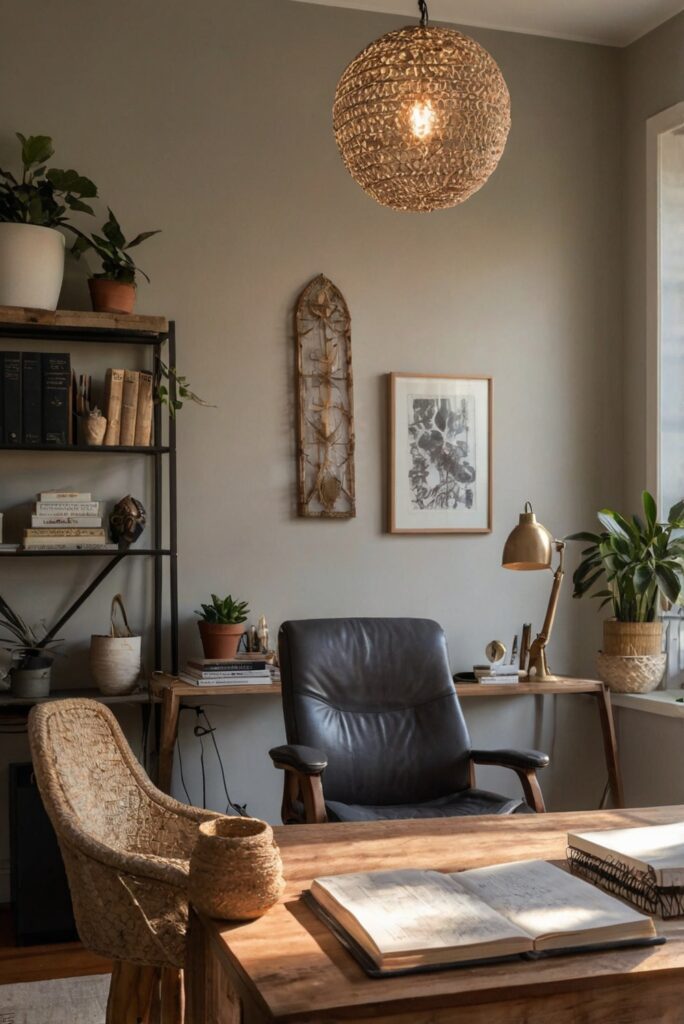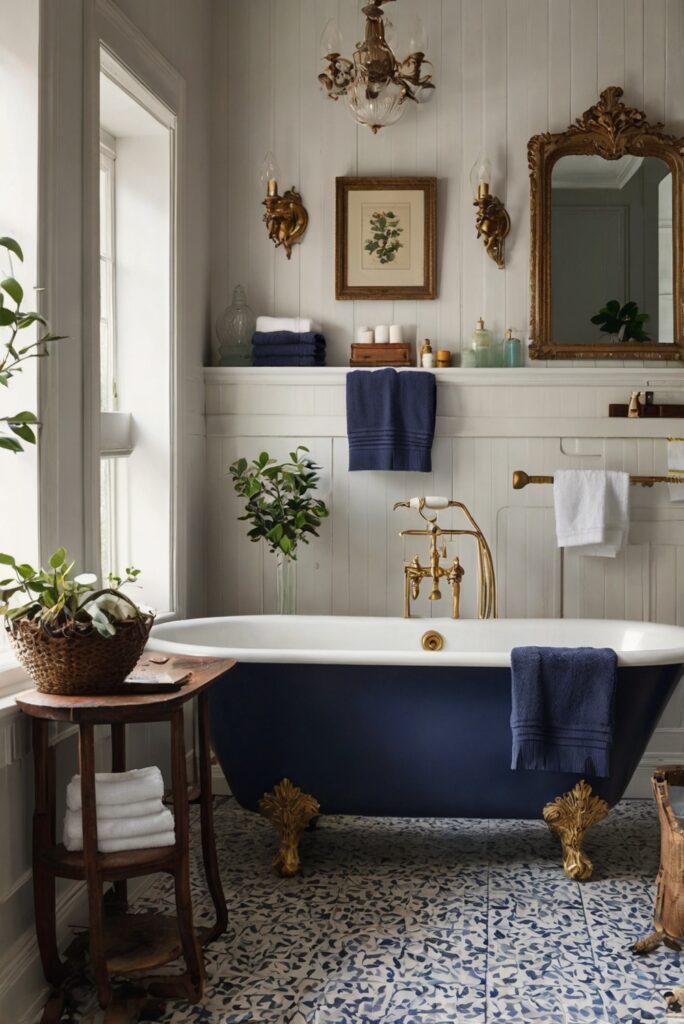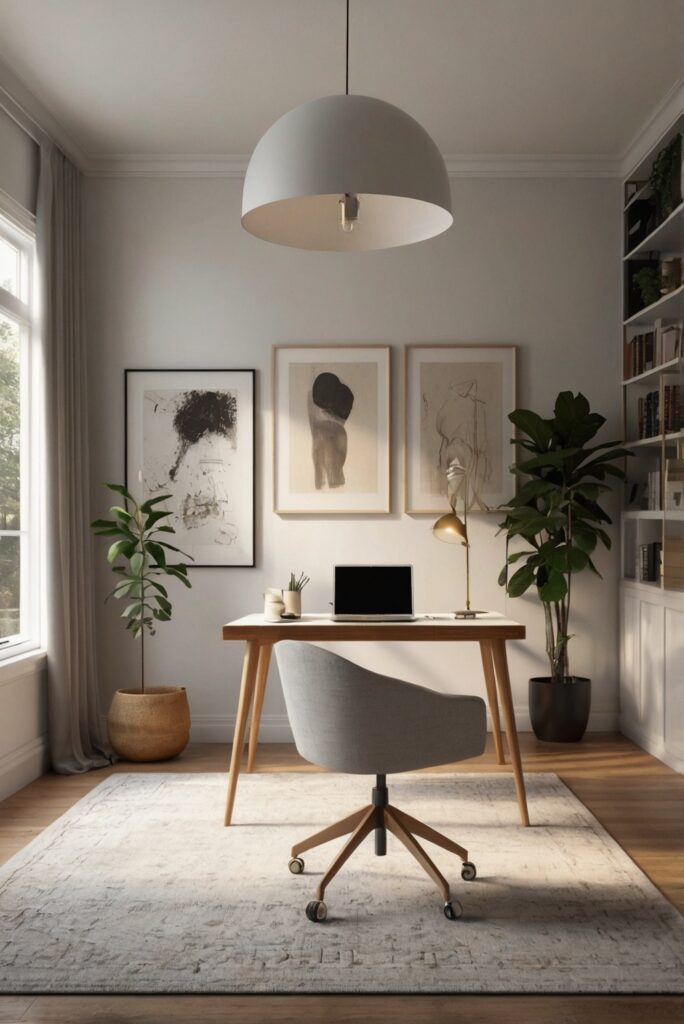Learn how to choose the perfect lighting for your home office studio. Make your space functional and stylish with these expert tips.
How to Choose the Right Lighting for a Home Office Studio?
As part of home decorating and interior design, selecting proper lighting is crucial for a home office studio. Adequate lighting can enhance productivity and create a conducive work environment. Consider using task lighting, such as desk lamps or overhead lights, to reduce eye strain and improve focus. Natural light is also beneficial, so position your workspace near a window if possible. Utilize warm white light bulbs for a cozy feel. Space planning is essential to ensure proper placement of lights for an even distribution of illumination. Avoid harsh lighting that can cause glare or shadowing, and prioritize energy-efficient LED bulbs. Proper lighting is key to a well-designed home office studio.
– To further enhance your home decor interior design, consider incorporating dimmable lights for versatility.
– Experiment with different lighting fixtures to complement the color scheme of your interior design space planning.
– Consult with interior designers specializing in home office setups for customized lighting solutions.
– Utilize primer paint for walls before painting to ensure a smooth and even finish.
Consider the Function of the Space:
When choosing lighting for a home office studio, it is crucial to consider the function of the space. Think about the tasks that will be performed in the office, such as reading, writing, computer work, or meetings. Each of these activities may require different types of lighting to ensure optimal visibility and comfort.
Assess Natural Light:
Another important factor to consider when selecting lighting for a home office studio is the amount of natural light available in the space. Natural light can help reduce eye strain and create a more inviting and productive work environment. Consider positioning your desk near a window to take advantage of natural light during the day.
Choose the Right Type of Lighting:
There are three main types of lighting that are typically used in home office studios: ambient lighting, task lighting, and accent lighting. Ambient lighting provides overall illumination for the room, while task lighting is focused on specific work areas. Accent lighting is used to highlight certain features or create a specific mood in the space.
Consider Your Personal Preferences:
When selecting lighting for your home office studio, it is essential to consider your personal preferences and style. Choose lighting fixtures that complement the overall design of the space and reflect your personality. Whether you prefer modern, industrial, or traditional styles, there are lighting options available to suit your taste.
Consult a Lighting Professional:
If you are unsure about the best lighting choices for your home office studio, consider consulting a lighting professional. A professional can help you assess your lighting needs, recommend suitable fixtures, and create a lighting plan that meets your requirements. They can also provide valuable advice on energy-efficient lighting options and lighting design trends.
In conclusion, selecting the right lighting for a home office studio is essential for creating a comfortable, functional, and visually appealing workspace. By considering the function of the space, assessing natural light, choosing the right type of lighting, considering your personal preferences, and consulting a lighting professional, you can create a well-lit environment that enhances productivity and creativity. Remember that lighting plays a significant role in setting the mood and atmosphere of a room, so choose your lighting fixtures wisely to create a space that inspires and motivates you.
1. What are the key factors to consider when choosing lighting for a home office studio?
When choosing lighting for a home office studio, consider factors such as the type of work you do, the size and layout of the space, and your personal preferences. It is important to have a mix of ambient, task, and accent lighting to create a well-lit and comfortable workspace. Additionally, consider the color temperature of the light bulbs, with cooler temperatures being more suitable for task lighting and warmer temperatures for ambient lighting.
2. How can natural light be utilized in a home office studio?
Natural light can be a great source of lighting in a home office studio as it provides a bright and energizing environment. Position your desk near a window to take advantage of natural light and consider using sheer curtains to diffuse harsh sunlight. Additionally, strategically places mirrors can help reflect natural light and brighten up the space.
3. What are the best types of light fixtures for a home office studio?
When selecting light fixtures for a home office studio, consider options such as overhead lighting, desk lamps, floor lamps, and wall sconces. Adjustable desk lamps are particularly useful for task lighting, as they can be positioned to provide direct light where needed. LED lights are also a popular choice for home office studios, as they are energy-efficient and produce a bright, white light.
4. How can lighting affect productivity in a home office studio?
Proper lighting is essential for productivity in a home office studio. Bright, natural light can help to boost mood and energy levels, making it easier to stay focused and motivated. On the other hand, poor lighting can cause eye strain, headaches, and fatigue. By choosing the right lighting fixtures and positioning them correctly, you can create a well-lit and comfortable workspace that promotes productivity.
5. What are some tips for creating a well-lit home office studio?
To create a well-lit home office studio, start by assessing the natural light in the space and supplementing it with artificial lighting as needed. Use a combination of ambient, task, and accent lighting to create a balanced lighting scheme. Consider the color temperature of the light bulbs, with cooler temperatures being more suitable for task lighting and warmer temperatures for ambient lighting. Additionally, make sure to position light fixtures strategically to minimize glare and shadows.



